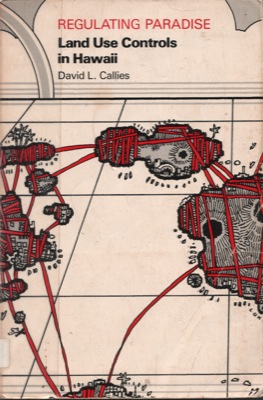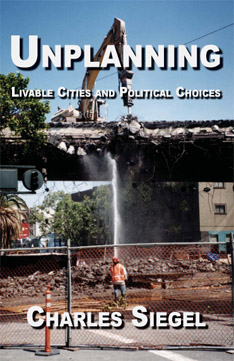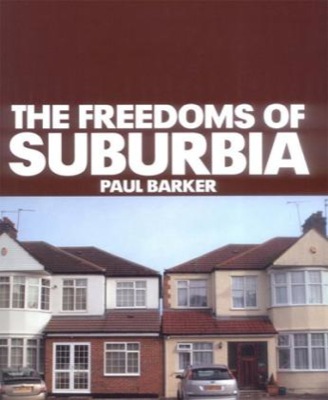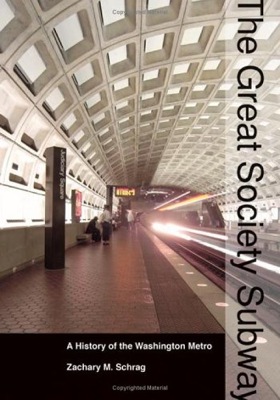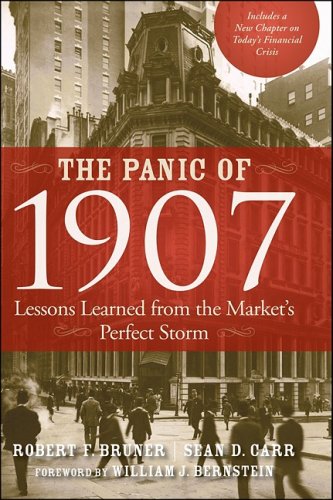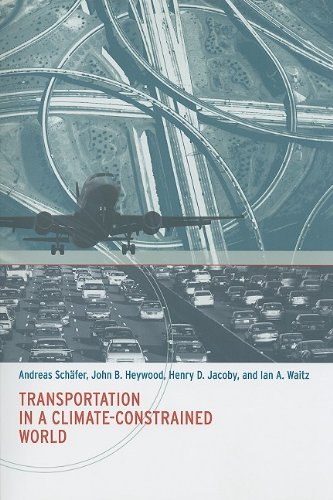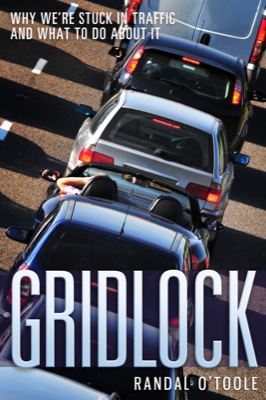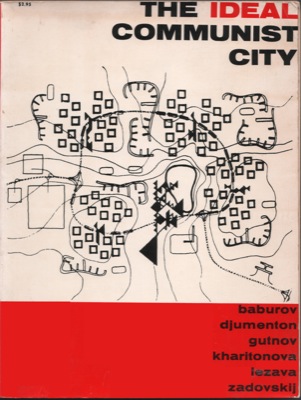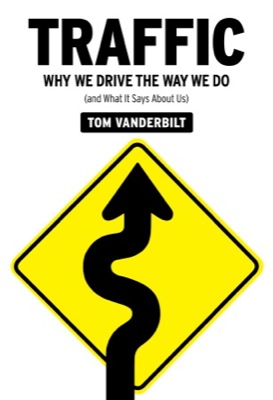The somewhat tongue-in-cheek movie review earlier this week reminds me of one of my favorite movies. Not many people realize that North by Northwest was actually based on a true story, though of course Hitchcock changed many of the details to make his action/adventure movie.
As cinemaphiles will remember, Cary Grant plays Roger O Thornhill, a man who makes prominent use of the fact that his initials are ROT. In the course of fighting evil government agents, ROT takes a ride on the Twentieth Century Limited, the famous train from New York to Chicago. There he hooks up with Eve Kendall, a blonde woman played by Eva Marie Saint, with whom he has numerous adventures in Chicago, Mt. Rushmore National Monument, and elsewhere. Tension is increased by ROT’s uncertainty about who is really evil and who is good, especially when it appears that Kendall already has a boyfriend. In the end, however, the evil government agents get their just desserts, ROT gets the girl, and (as shown by the closing credits) they end up on a train in California.

